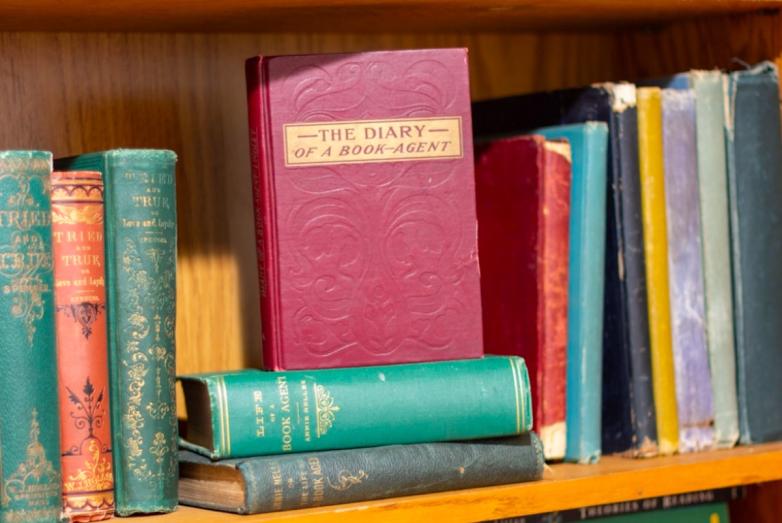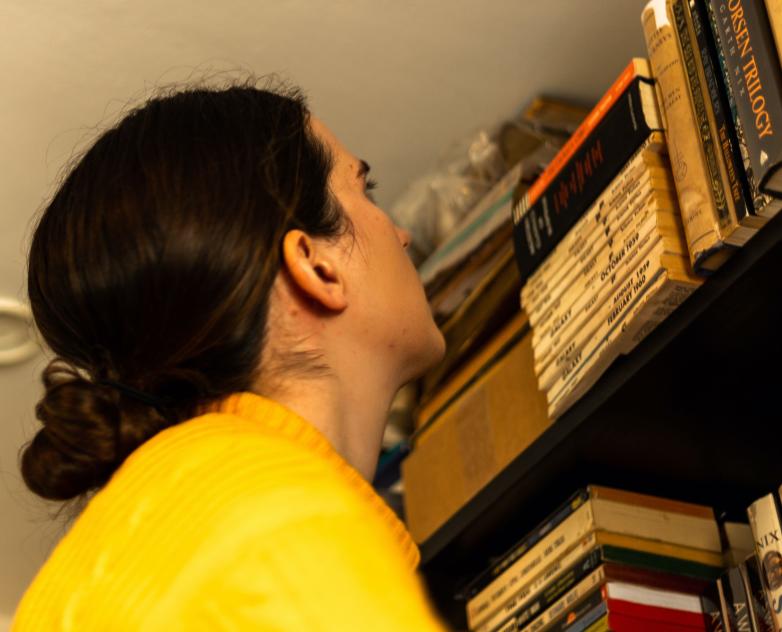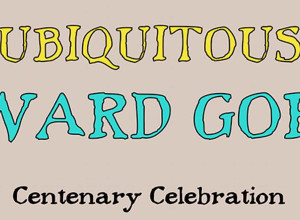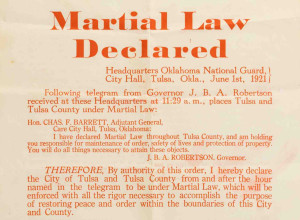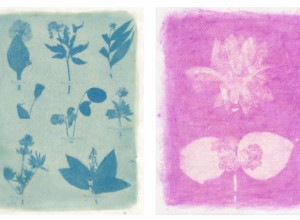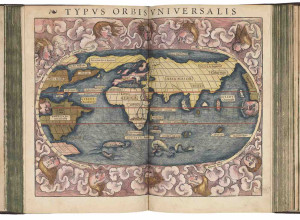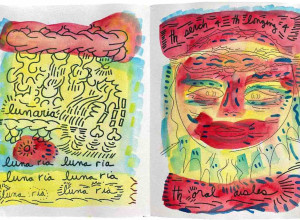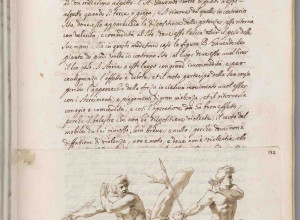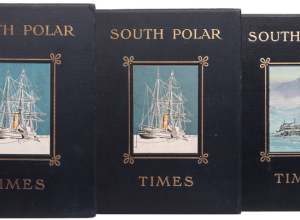Where do you live now? What do you do now for an occupation?
I still live in Palo Alto, California, and I am still working on my PhD in literature at Stanford. I am significantly further along now, though!
Please introduce us to your new book collection:
My "Women in Subscription Bookselling" collection is a relatively new endeavor for me, and different from my other collections in that it is primarily research-focused. My dissertation project explores late 19th-century American book culture -- how books were circulating and what people’s relationship to them was. Subscription bookselling is of interest to me both because of its popularity and for the way it brought the possibilities of book ownership directly to people’s homes and places of work (not to mention the invaluable information about buyers which can be gleaned from a well-used prospectus).
While I had acquired a few items in my collection earlier, this collection really started to grow in March 2020, when my access to Stanford’s library and other research resources was abruptly cut off because of the pandemic. Unfortunately, this was just at the time when I was revising a chapter which dealt with the subscription market and working on an article more narrowly focused on women’s involvement in the trade. So I first started seeking out these books as a way to continue my research. And the materials I found sharpened the interests I already had in this area: about women’s agency, their relationship with books and narrative, and how they made a place for themselves in the subscription market. The different types of books in this collection range from the sample books used to collect orders, to accounts written by female book agents about their experiences, to female-authored books which were sold by subscription. All very different but all motivated by the same central interest.
How many books are in your collection?
I have about thirty books specifically related to women in subscription bookselling in some way. I have just over a hundred connected to subscription bookselling more generally.
What was the first book you bought for this collection?
It was probably an 1892 edition of Annie Nelles’ The Life of a Book Agent, which I bought three or so years ago because I wanted to compare it to the 1867 edition. Nelles had significantly revised it in the intervening twenty-five years and it wasn’t readily available another way.
How about the most recent book?
An 1886 prospectus for The Water World by J.W. Van Dervoort. I was initially interested in this copy because it contained lots of orders -- something that is relatively uncommon. But even more appealing was the fact that this copy included the name of the agent collecting orders: Mrs. H.C. Cowdrey. Most prospectuses that I’ve come across don’t include any identifying information about the agent, and since women were a fraction of working book agents at the end of the nineteenth century, this was even more exciting than the fact that it contained so many orders.
And your favorite book in this collection?
Hard to say! Many of the narrative accounts, like Nelles’, are very dear to me because, at this point, I’ve been thinking with and through them for my research for years. They are familiar to me, like friends helping me figure things out. Of my prospectuses, I am very fond of an 1891 sample book for Daphne Dale’s The Speaker’s Library, which includes two community endorsements of its agent, Mrs. Rachel Styles. None of my other books have anything like that. And this was a book that I acquired in a bulk purchase, so I had no idea that this prospectus would be included, let alone have those endorsements inside. Somehow that makes it more exciting.
Best bargain you’ve found?
Because of the pandemic, most of my acquisitions for this collection have happened online. After I bought two or three books from one seller on eBay, the seller contacted me and offered to send 40 or so other subscription books for about $150. I think they just wanted to get them out of their house, but this was a remarkable opportunity for me!
How about The One that Got Away?
Some things I’d really like to examine are just too far out of my price range to get my hands on, especially anything related to Mark Twain and the Charles L. Webster publishing house. I see these auctions come up, get excited, and then watch as the prices reach over $250 for a single sample book. Unfortunately, that’s more than a graduate student can afford.
What would be the Holy Grail for your collection?
I always find myself in these situations where I don’t know if the things I’d like most to find even exist. I would love it if there was a prospectus, or some other kind of canvassing material, out there for Annie Nelles’ The Life of a Book Agent (which in addition to chronicling her time as a book agent, was also itself sold by subscription). I’d love to find more sample books which explicitly record ways in which women engaged in this community, as book sellers but also as book buyers.
Have you found any resources (book/online/people) particularly helpful in building your collection?
Keith Arbour’s work on subscription bookselling, especially his 1996 bibliography of the Michael Zinman collection, has been very useful to me. In my early work on this subject, when I had yet to examine a prospectus in person, the reproductions of canvassing ephemera included in this volume were some of my primary archival sources! The Zinman collection is so expansive that Arbour’s bibliography is also really useful just for looking up prospectuses that I acquire, to see if it’s there (it probably is), if it contained orders, etc.
Historian Natalie Marine-Street’s dissertation, "Agents wanted": sales, gender, and the making of consumer markets in America, 1830-1930, which addresses many kinds of female canvassers in addition to book agents, has been really useful in contextualizing the stakes of women in this profession during the late nineteenth century.
The Stanford library staff, especially John Mustain, Ben Albritton, and Rebecca Wingfield, have been my go-to book people during my PhD. They are so knowledgeable, helpful, supportive, and always willing to listen when I am rambling on excitedly about books. And, of course, they know Stanford’s collections very well and know exactly where to point me for subscription book materials! Their depth of knowledge has helped hone my sense of what I’m looking for in my own collection.
You can read Jordan's full bibliography here. A selection of her collection will be displayed virtually in conjunction with the California ABAA Virtual Book Fair (March 4-6), and can be found at www.abaa.org.vbf. She will also participate in a virtual event celebrating California's young book collectors. Register here.

